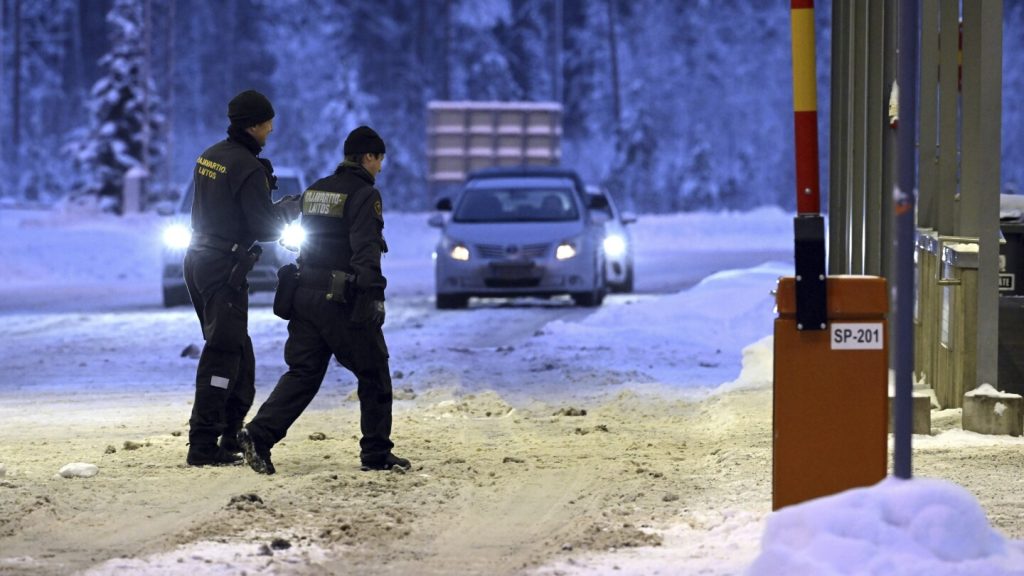The Finnish government has decided to extend the closure of its border crossing points with Russia due to concerns about organized migration orchestrated by Moscow. The closure, which was originally set to end on April 14, will now continue “until further notice” in order to protect Finland’s national security and public order. This decision comes after over 1,300 migrants without proper documentation entered Finland in the three months following its entry into the NATO alliance.
Most of the migrants attempting to enter Finland come from countries in the Middle East and Africa, such as Afghanistan, Egypt, Iraq, Somalia, Syria, and Yemen. Many of these migrants hold valid visas for working, studying, or residing in Russia, which has been accused of intentionally directing migrants towards the Russia-Finland border zone. The Finnish government has closed all land border crossing points with Russia, as well as three maritime checkpoints, to prevent further unauthorized entry.
Despite accusations from Finland, the Kremlin has denied claims of orchestrating the migration flow and has criticized the Finnish government for its lack of dialogue on the border issue. The Finnish Cabinet, led by Prime Minister Petteri Orpo, is actively working to address the situation and is considering measures to combat instrumentalized migration. This includes the controversial pushback method, which involves forcibly returning migrants across the border without assessing their rights to apply for asylum or other protection.
The proposed legislation on migration, which includes provisions for the pushback method, will need to be approved by the Eduskunta, Finland’s Parliament, before it can be implemented. The government has received international support for the law from the EU and other organizations. The Cabinet believes that the warmer spring weather may increase the number of migrants attempting to reach the border, which could put additional pressure on Finland to find a sustainable solution. The country serves as the EU’s external border in the north and plays a significant role in NATO’s northeastern flank.
Interior Minister Mari Rantanen emphasized that the Finnish authorities view the current migration situation as a long-term issue that requires careful consideration. The government is preparing for the possibility of hundreds or even thousands of migrants near the Russian border being used as a means of exerting pressure on Finland and the EU. As discussions continue within the Finnish government and parliament, the focus remains on safeguarding national security and public order while upholding international and EU laws regarding migration. The situation at the Russia-Finland border remains a complex and evolving challenge that requires a coordinated response from all parties involved.


